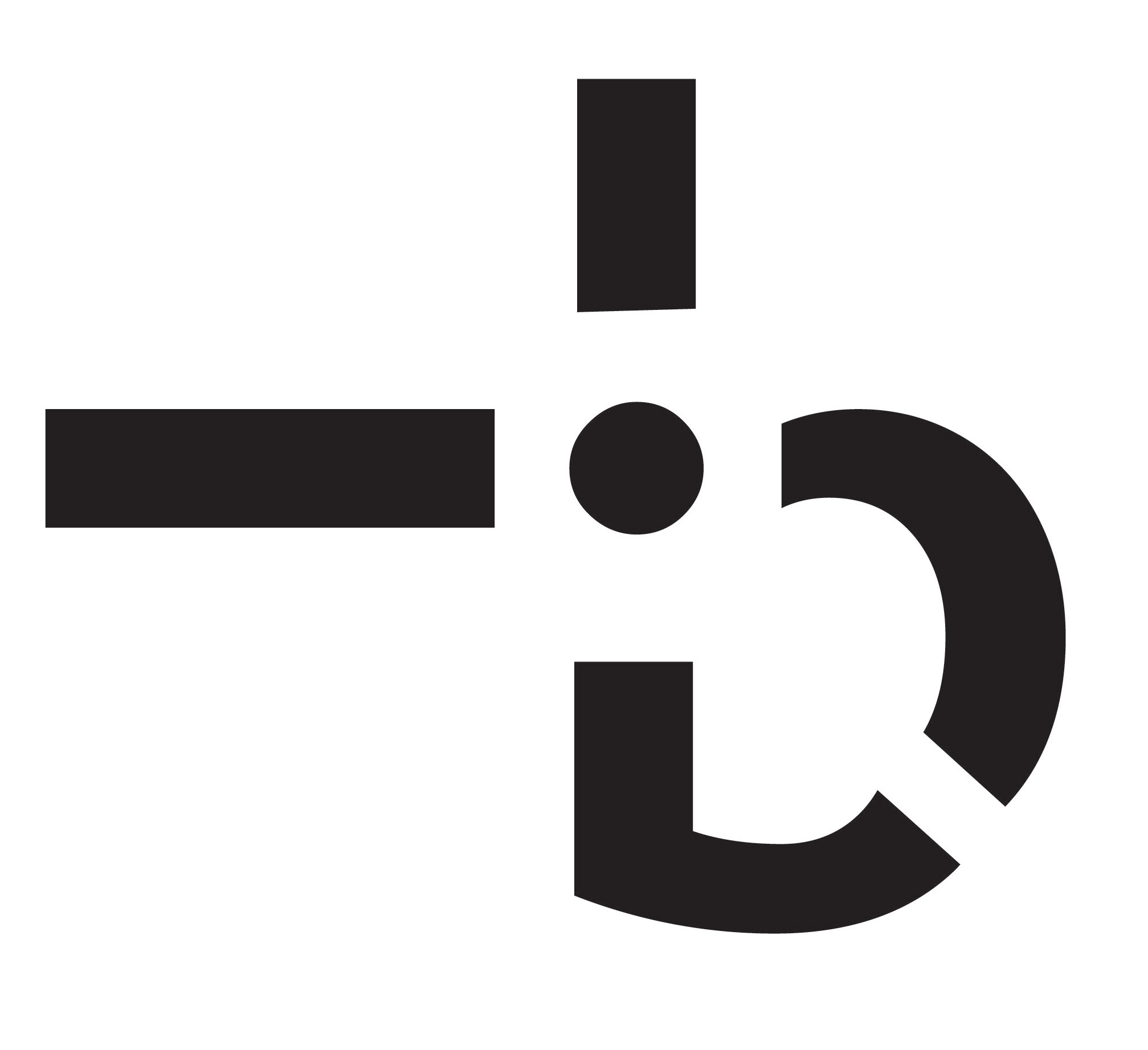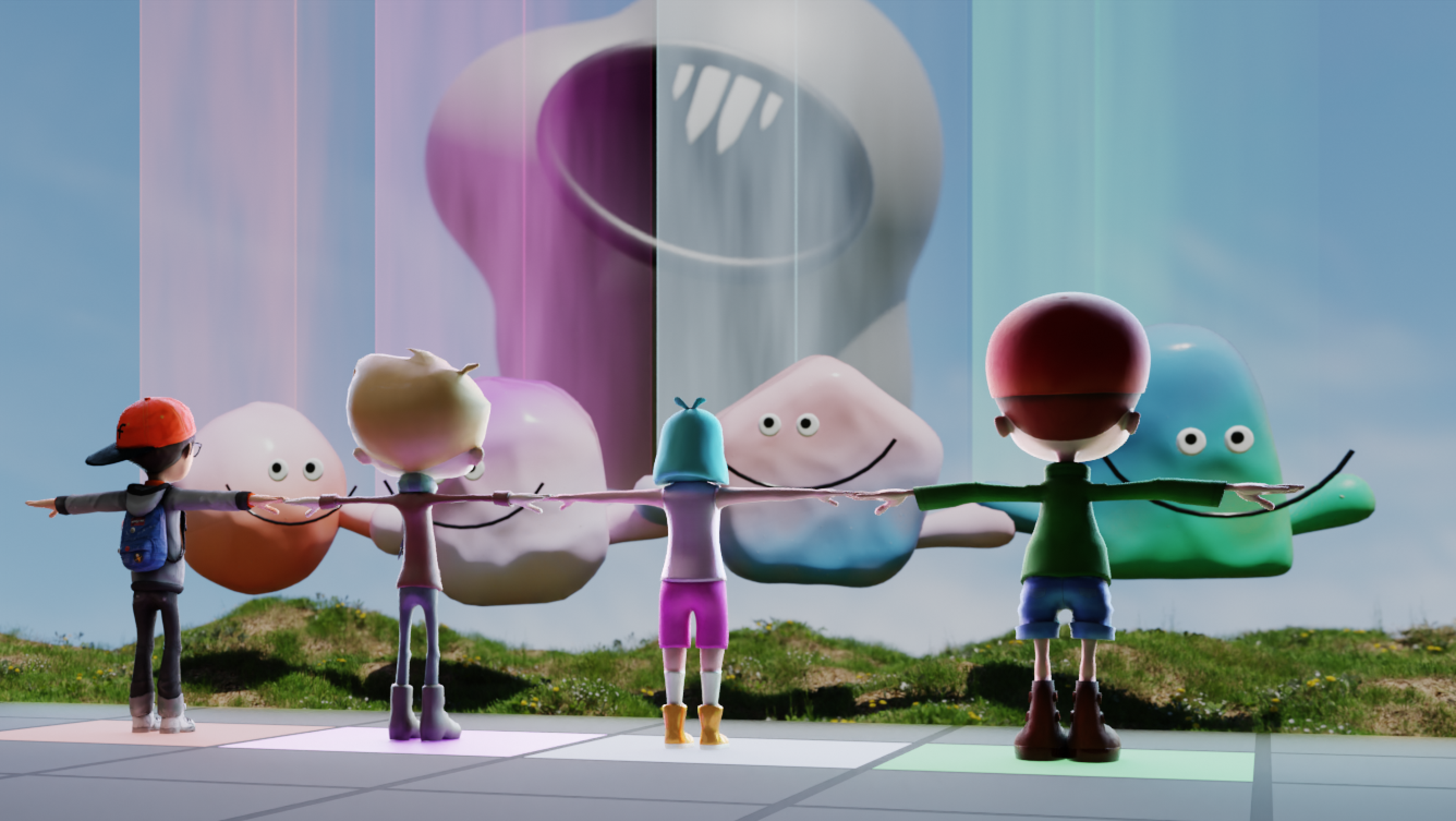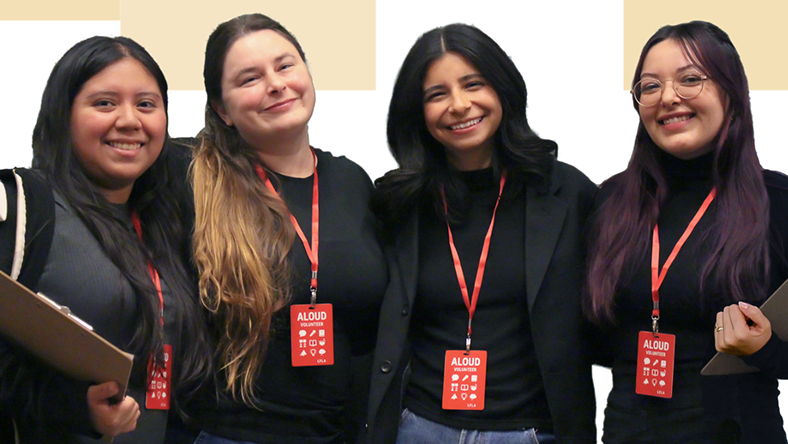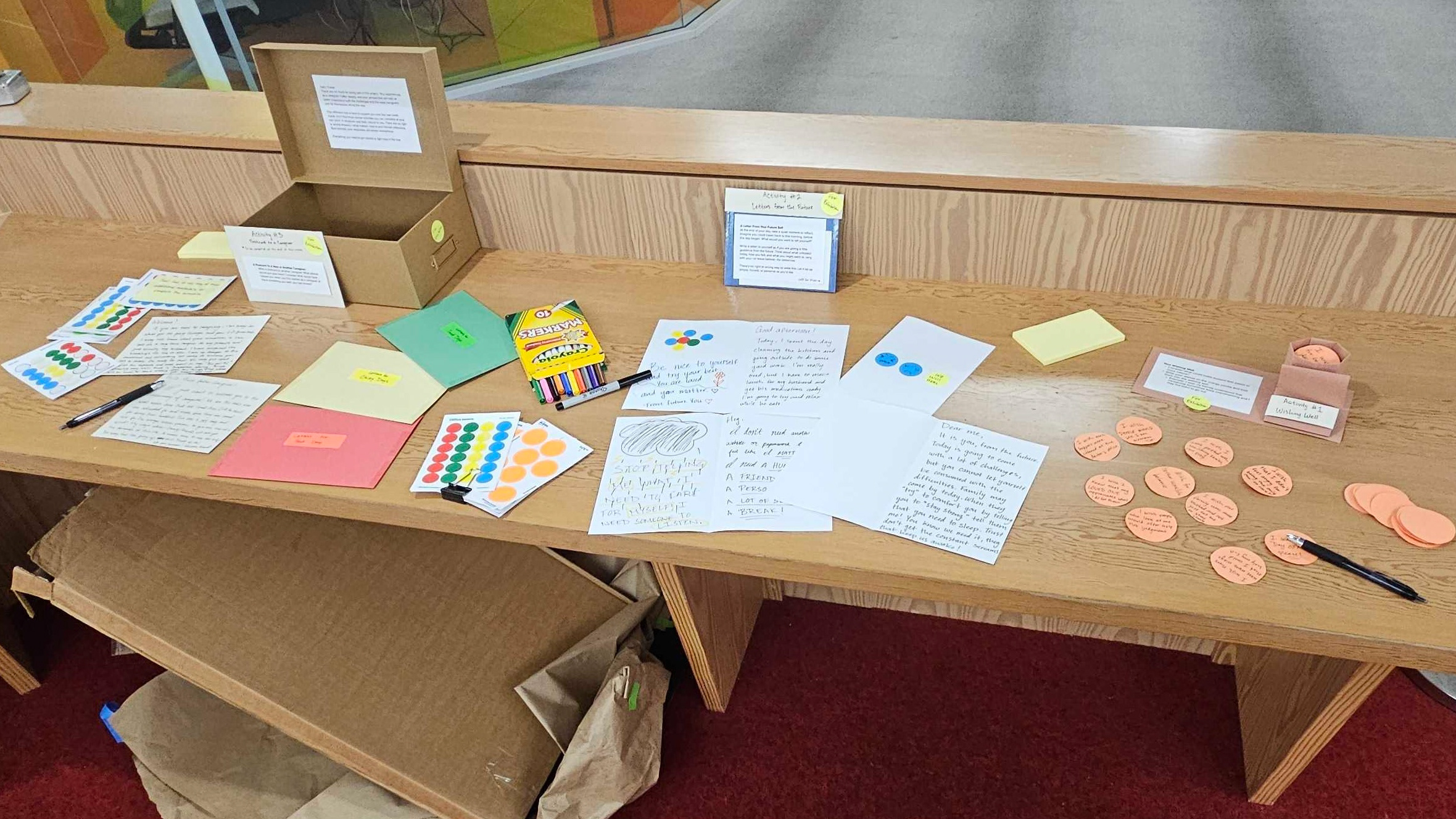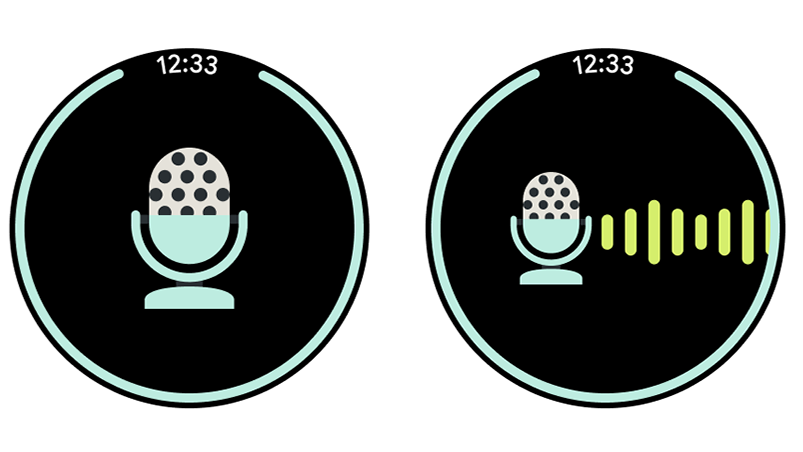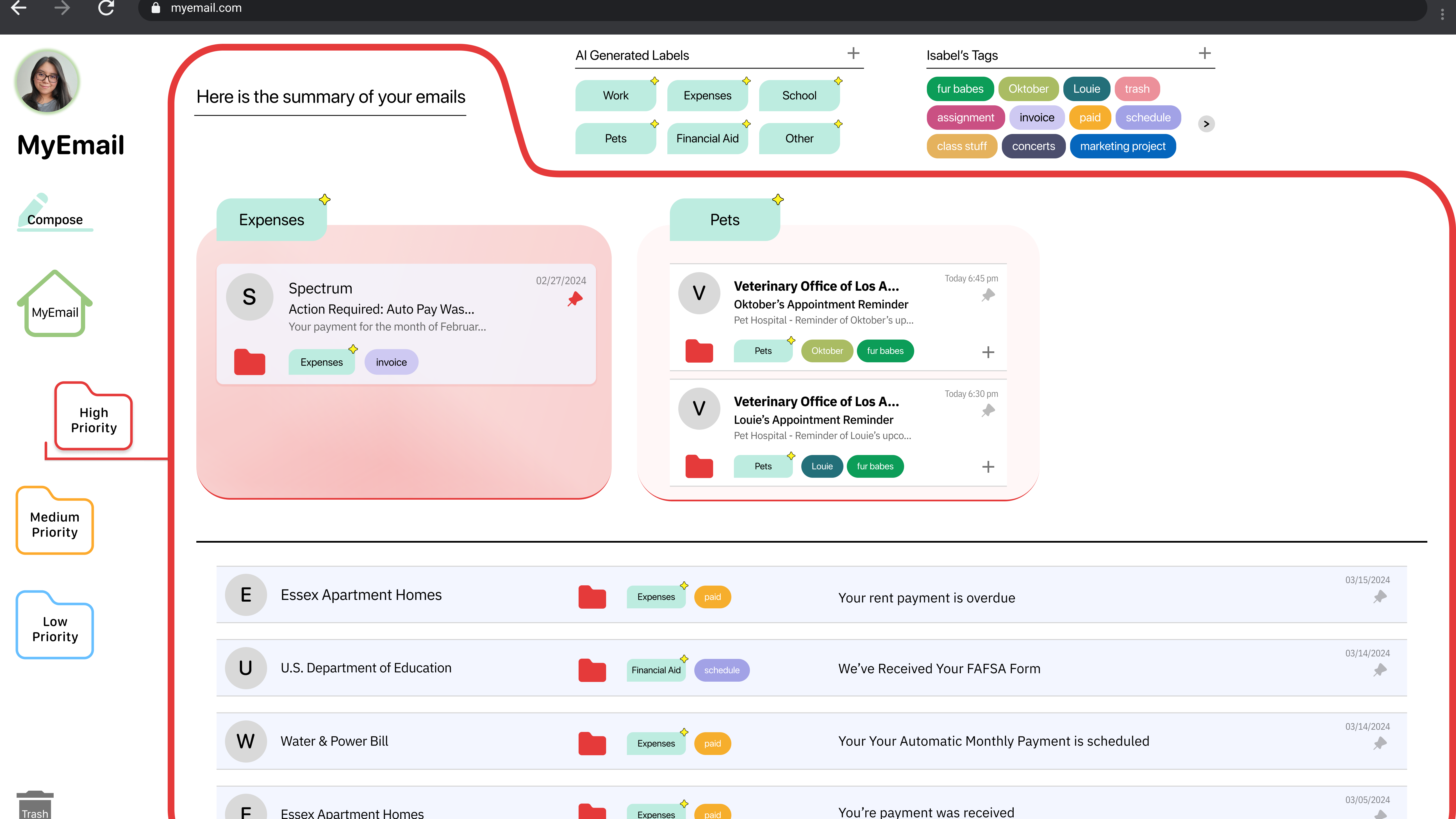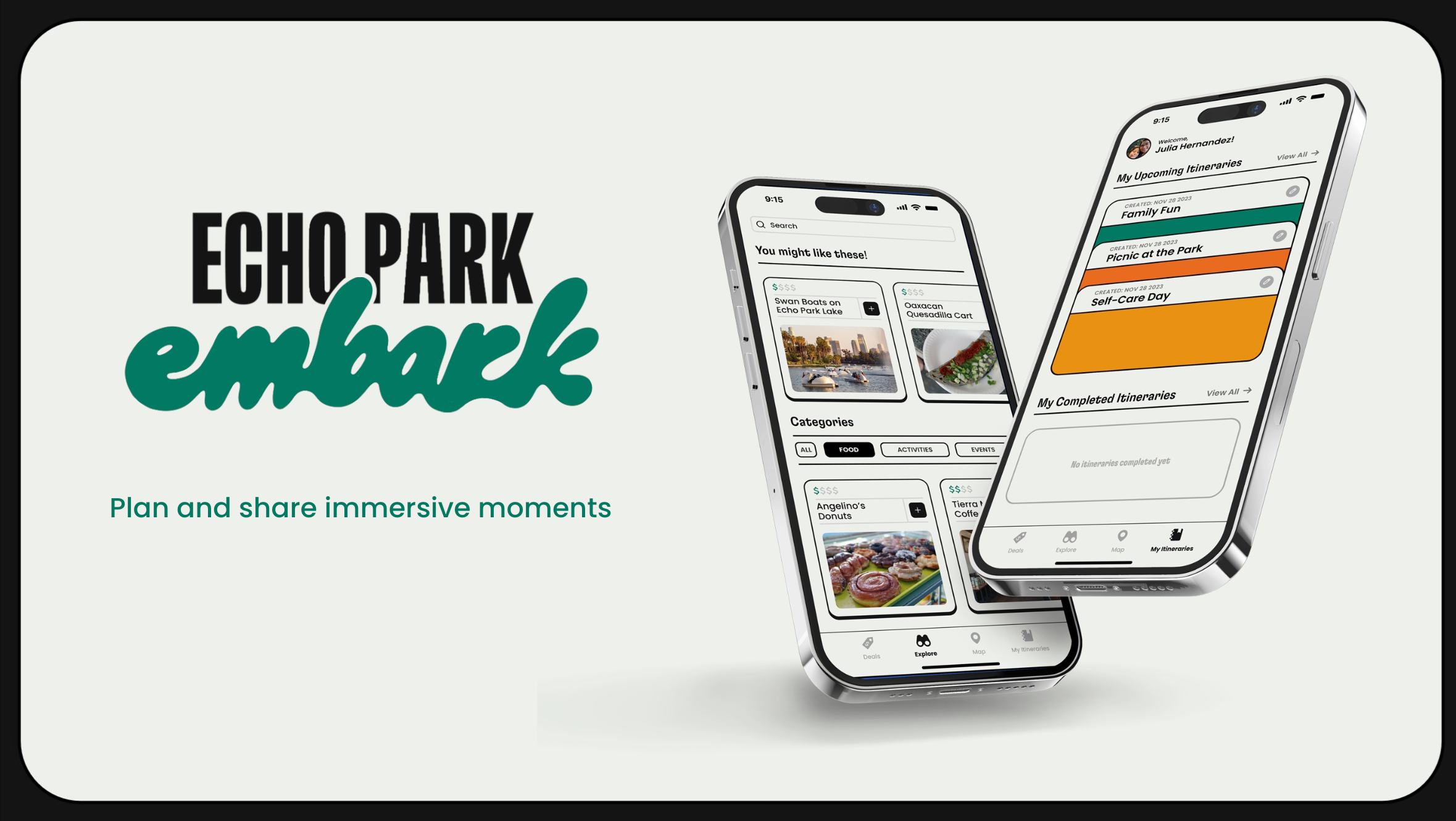"Let's Be Real!"
An Online Event, Inspired by Online Students
Project Description
Design research for the Santa Monica College community on how to improve communication between the school, faculty, and online students so that students feel a greater connection to the SMC community, post-pandemic.
My Role
Lead Designer - User Research & Interview, Design Research, and Concept Design
Project Duration
6-week Project
Project Tools
CollaNote
Google Docs
Google Sheets
Zoom
Santa Monica College (Academic Project)
The design challenge looked to identify issues and potential solutions as they relate to creating meaningful connections at Santa Monica College.
Problem
Santa Monica College has been able to cultivate a support system to its students through the compassion of faculty members and just showing up for their students in and out of the classroom. To their students, SMC is a stepping stone that helps them succeed and feel supported. However, the online opportunities provided by the school falls short in extending a sense of community to its online students. Thus, the problem that is being addressed is how we might create community at Santa Monica College, more specifically, the arising issue regarding online students & community—a disconnect at Santa Monica College.
Insight
Through levels of research including student interviews, SMC students, particularly online students, are struggling to maintain a connection with not just faculty but the school overall.
Students have commented that “it's kinda hard to develop a relationship with your professor...when you can’t, it feels almost like a disconnect like you can’t reach out.”
Most students post COVID have had to continue their learning online due to personal circumstances and SMC has, unbeknownst to them, lost sight of this.
User Persona - Meet Mary, an SMC student taking online classes looking to connect with her professors and school
Methods of Research
● Netnography
● Secondary Research
● Student Interviews
To better understand what makes and facilitates a strong community, I began with extensive research using methods of netnography and secondary research, which inspired questions to ask Santa Monica College students through student interviews.
In conducting those student interviews, students were asked to participate in creating their student journey through journey maps and talk about the highs and lows of their map. Emotions and direct statements about how they’ve individually experienced support from their school (e.g., faculty, staff) were observed and recorded, and together shared common pain points that further developed into a persona named Mary.
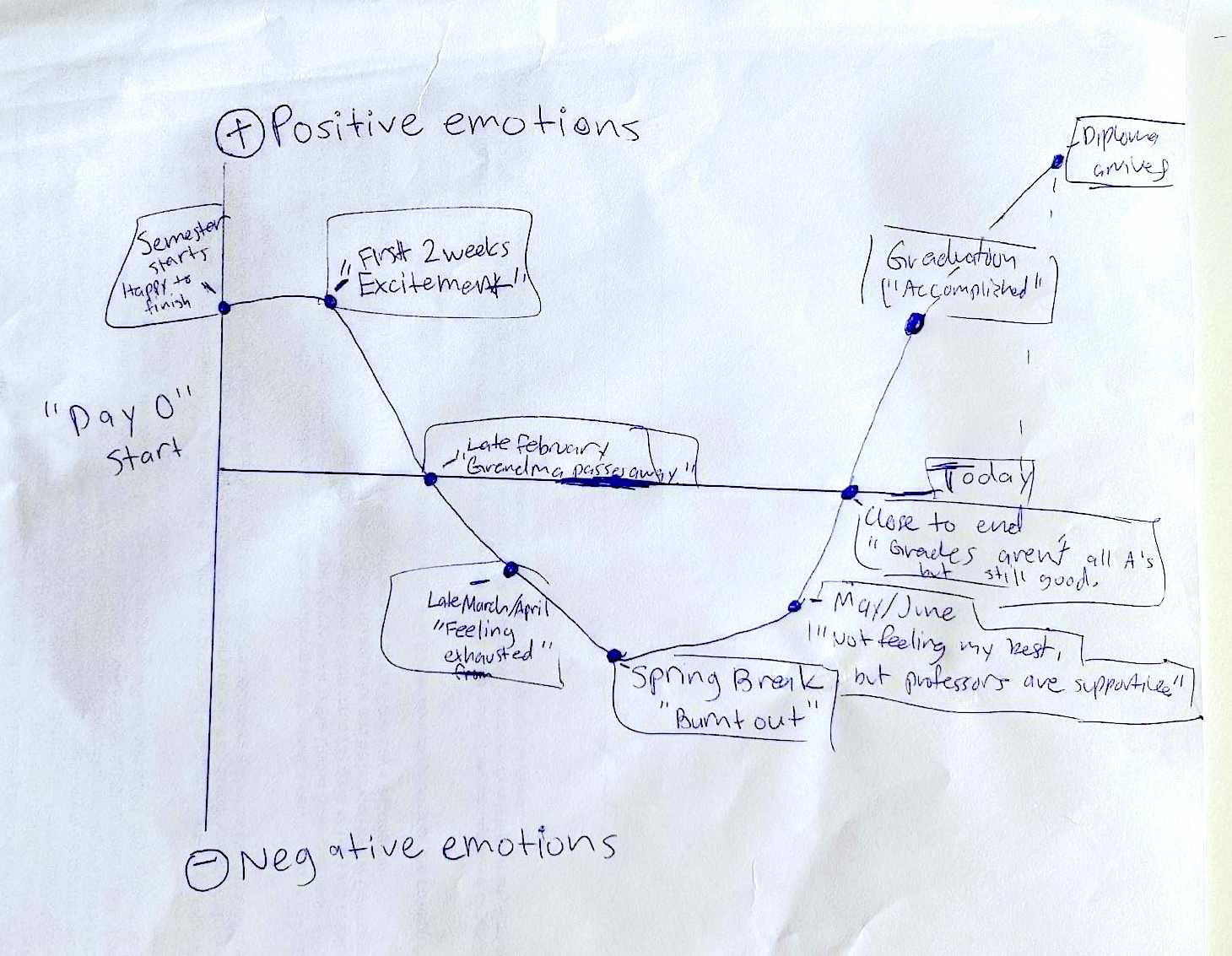
Student Journey Map
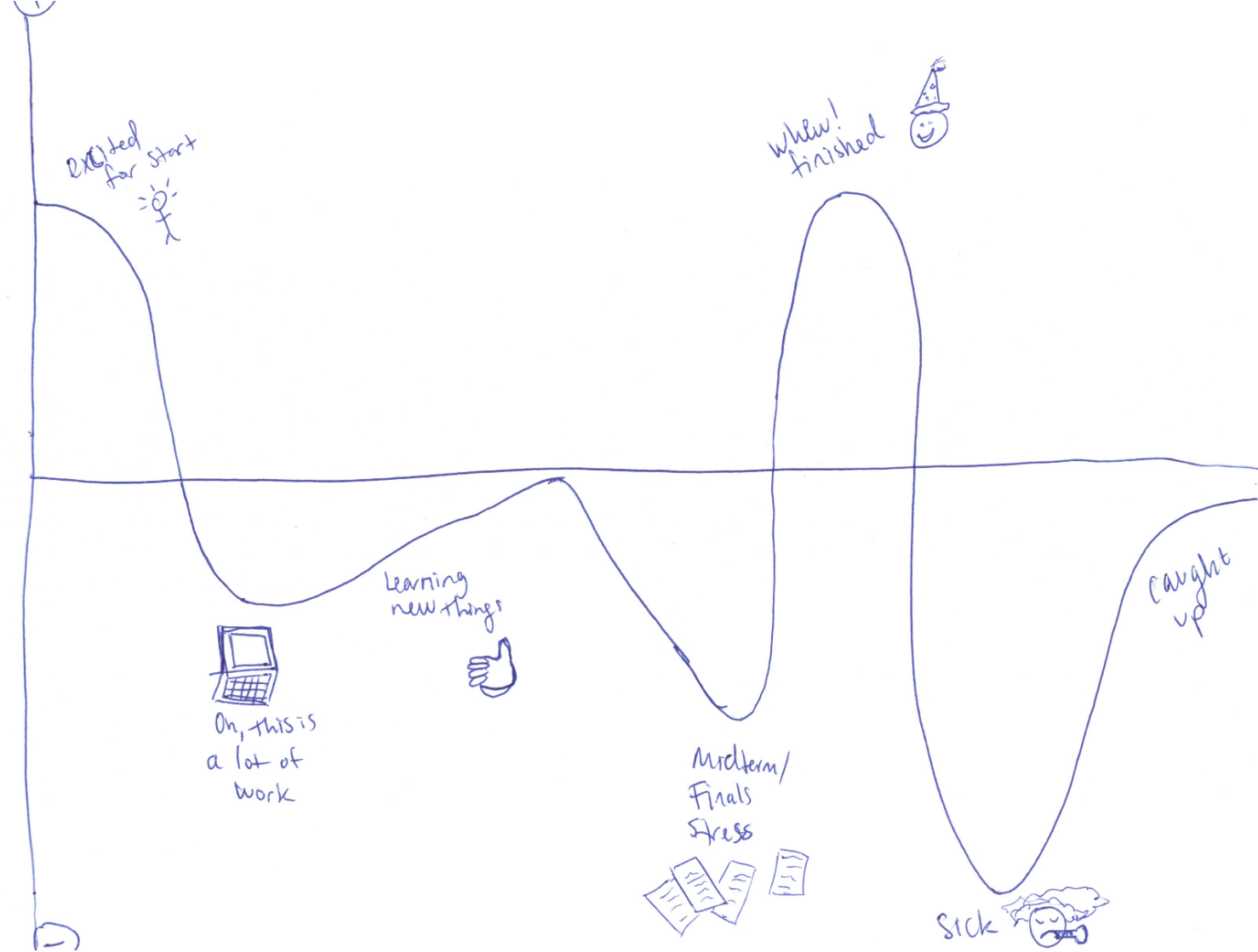
Student Journey Map
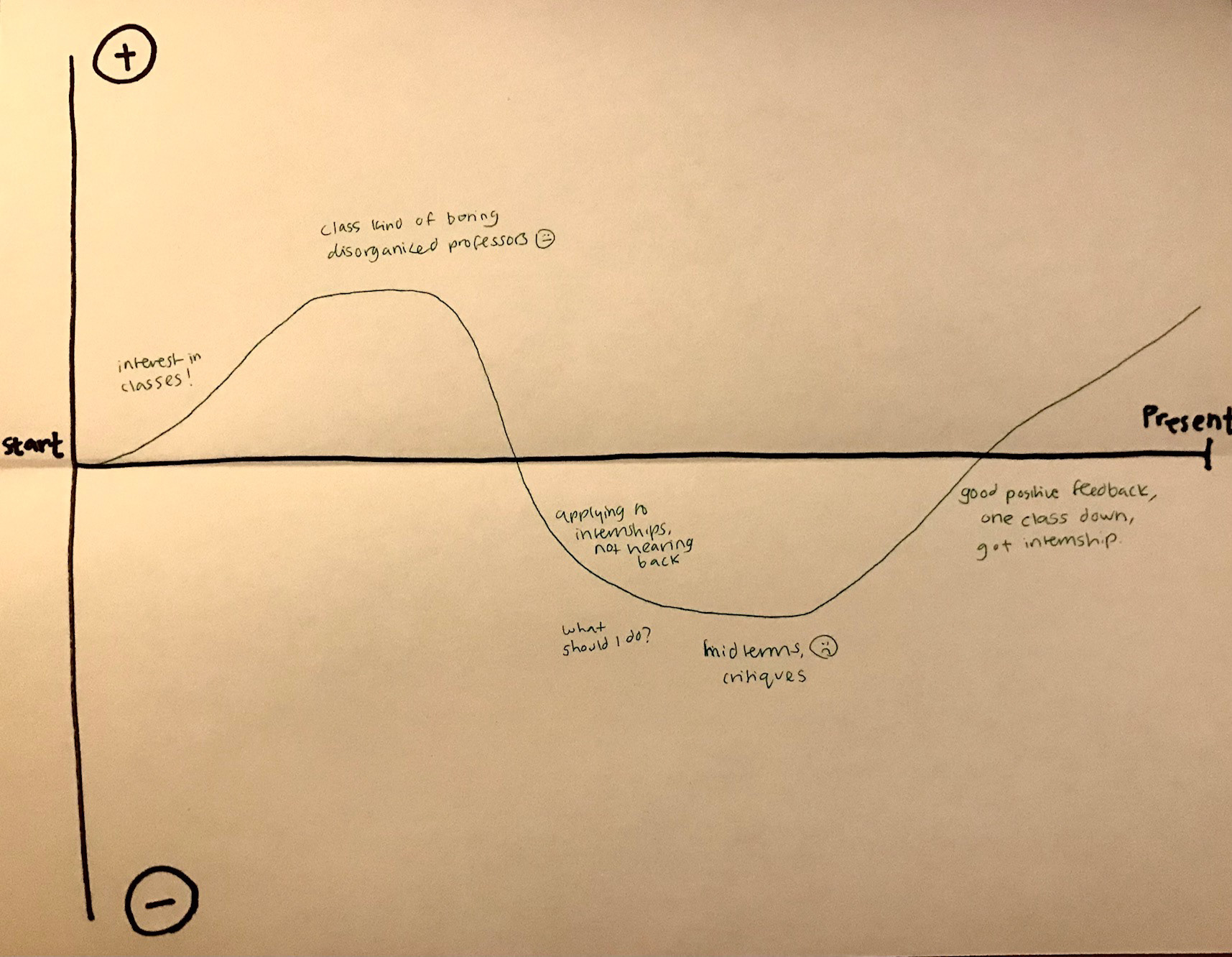
Student Journey Map
Methods of Research: Netnography + Secondary Research + Student Curated Journey Maps - Qualitative Data from participants
Solution:
“Let’s Be Real!”, an online event inspired by online students at Santa Monica College. The event will be offered once a week for the duration of the school semesters where all students can attend this event based on their desired school/major and interact with the respective faculty members giving them the opportunity to meet their instructors and interact with them virtually through video and chat.
This virtual face-to-face event will have a zoom-like structure that will allow students and faculty to create sub-rooms to allow for smaller conversational groups and be able to message via chat no matter what room they’re in. Participants can also choose to add their school or personal email to get in contact with one another.
Initial Phases of Thumbnail Sketching - Sign-Up and Event Platform that would be accessed through Canvas
Storyboarding - Meet Mary, An Online SMC Student
With the help of a persona encapsulating the difficulties SMC online students face, I was able to continue developing design solutions in phases: thumbnail sketching, prototyping, and storyboarding. Thumbnail sketching helped quickly generate ideas that allowed me to connect plausible ways of communication that would provide support between the faculty, staff and online students.
Next, creating prototypes and storyboarding how the student persona, Mary, would encounter “Let’s Be Real!” demonstrated the ease a student would have in attending the event while also illustrating ways in connecting with others during the event.
Prototype - How “Let’s Be Real!” sign-up would be presented in Corsair Connect
With this weekly online event “Let’s Be Real!”, all students and faculty will be able to:
● Participate no matter where they are
● Build a support system with one another
● Interact with each other as they would if they were on-ground
This virtual face-to-face event will have a zoom-like structure that will allow students and faculty to create sub-rooms to allow for smaller conversational groups and be able to message via chat no matter what room they’re in. Participants can also choose to add their school email to get in contact with one another.
“Let’s Be Real!” has been presented to students for the very first time and to those who were interviewed. They expressed their gratitude in having an event and platform where they could talk and get to know their professors and other students too.
Low-Fidelity Prototype - “Let’s Be Real!”
From thorough research using primary, secondary, and user interviews, I've come to understand that online students at Santa Monica College have found it difficult to communicate with faculty because there is an absence of a human connection, more specifically, post-pandemic now that more classes are moving back to on-ground.
My secondary research was most helpful in defining what community is and how this is created, which in turn helped navigate the kinds of questions to ask both stakeholders and the students during the interview phase.
The challenges that arose were finding possible solutions that would embody human interactions, connections, and support while still offering the flexibility and opportunities to students who have a hectic schedule outside of school. Being able to fully immerse in these issues and listen to the needs and wants of having some way to connect with faculty outside of class, allowed me to ideate and find ways to get these students and faculty connected again.
